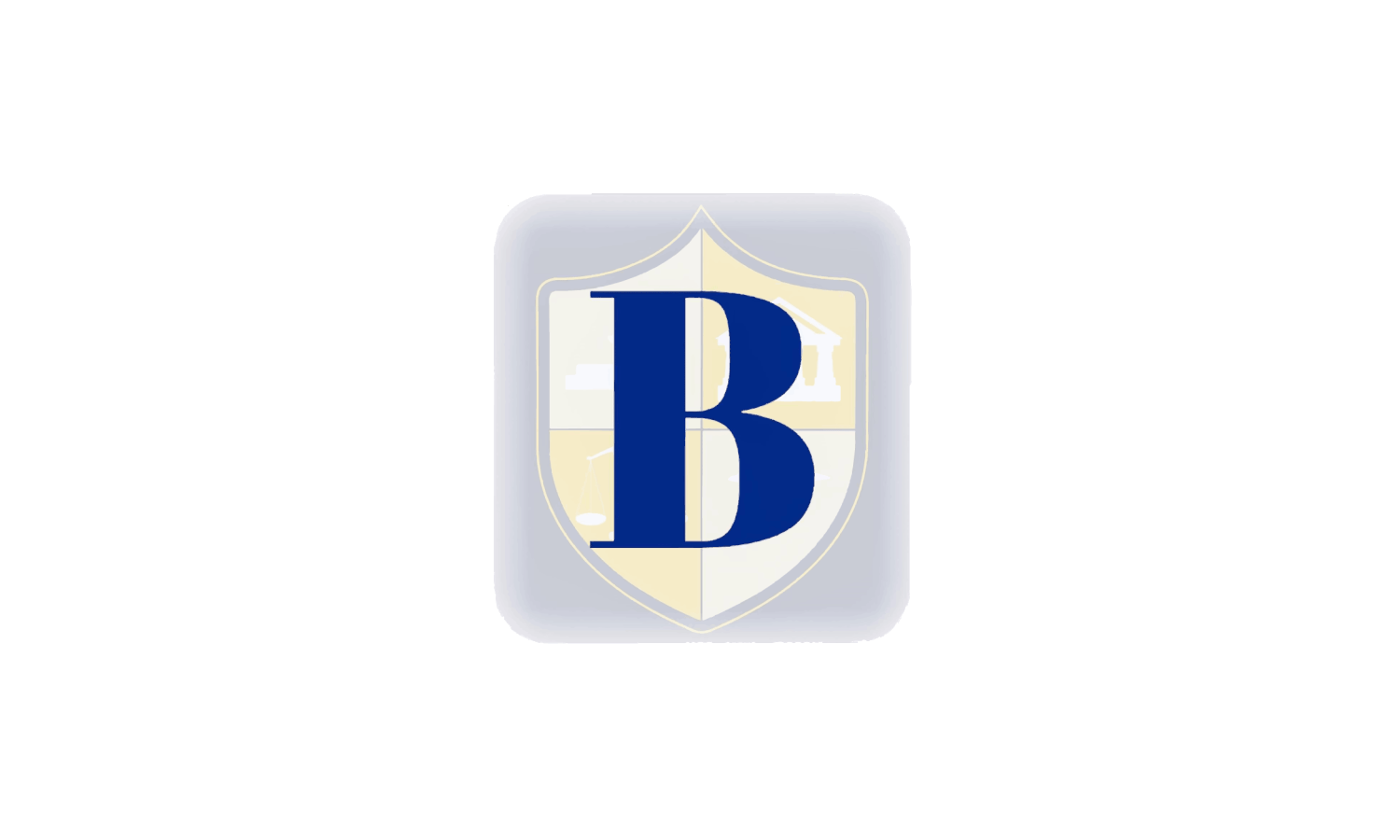RETHINKING ASSESSMENT: MOVING BEYOND STANDARDIZED TESTING IN EDUCATION"
Standardized testing has been a long-standing pillar of the education system, aimed at evaluating students' knowledge and academic performance. However, as the world evolves, there is growing recognition that there might be more effective or holistic ways to assess students' abilities than standardized testing. Rethinking assessment practices in education is crucial to foster a more comprehensive and meaningful learning experience for students.
Limitations of Standardized Testing
Standardized tests often emphasize memorization and regurgitation of information rather than critical thinking and problem-solving skills. They fail to capture the full spectrum of a student's abilities, strengths, and weaknesses, as well as their creativity and emotional intelligence. Moreover, standardized testing can lead to undue stress and anxiety for students, potentially hindering their true potential.
Emphasizing Real-World Skills
Education should prepare students for exams and life beyond the classroom. Moving beyond standardized testing allows us to focus on nurturing real-world skills essential for success in the modern world. Skills like critical thinking, creativity, communication, collaboration, adaptability, and digital literacy are better assessed through alternative methods.
Performance-Based Assessments
Performance-based assessments provide a more authentic representation of a student's abilities. These assessments require students to apply their knowledge in real-life scenarios or practical projects. For instance, problem-solving tasks, presentations, and research projects allow educators to evaluate students' ability to analyze, synthesize, and present information effectively.
Portfolios and Project-Based Learning
Portfolios and project-based learning are powerful assessment tools that showcase a student's progress and growth over time. Portfolios can include various works, such as essays, artwork, videos, and reflections, giving a comprehensive view of a student's development. Project-based learning allows students to explore topics of interest and demonstrate their understanding through hands-on projects, fostering engagement and intrinsic motivation.
Peer and Self-Assessment
Encouraging peer self-assessment empower students to take ownership of their learning journey. By evaluating their work and that of their peers, students develop metacognitive skills, critical evaluation abilities, and a deeper understanding of their strengths and areas for improvement. This process also promotes a supportive learning community within the classroom.
Formative Assessment
Formative assessments, which occur throughout the learning process, provide valuable feedback to students and teachers. These assessments focus on identifying learning gaps and adapting instruction accordingly. By offering timely feedback and personalized support, formative assessment nurtures a growth mindset and helps students continuously improve.
Multiple Modes of Expression
Students have diverse learning styles and strengths; assessments should accommodate this diversity. Offering numerous modes of expression, such as written assignments, oral presentations, artistic creations, and multimedia projects, ensures that students can demonstrate their knowledge and skills in ways that align with their strengths.
Embracing Technology for Assessment
Technology offers innovative assessment tools beyond traditional testing. Online quizzes, simulations, and interactive assessments can provide immediate feedback and track progress more efficiently. Moreover, data analytics can help educators gain valuable insights into students' learning patterns and tailor interventions accordingly.
In conclusion, rethinking assessment practices in education is essential for fostering a more comprehensive and meaningful learning experience for students. Standardized testing has limitations and might not adequately capture students' diverse skills and abilities.
Educators can create a more inclusive and effective assessment system by emphasizing real-world skills, incorporating performance-based assessments, leveraging portfolios and project-based learning, promoting peer and self-assessment, utilizing formative assessment, offering multiple modes of expression, and embracing technology. This shift will provide a more accurate measure of students' growth and nurture a love for learning, critical thinking, and problem-solving skills crucial for their future success in an ever-changing world.
